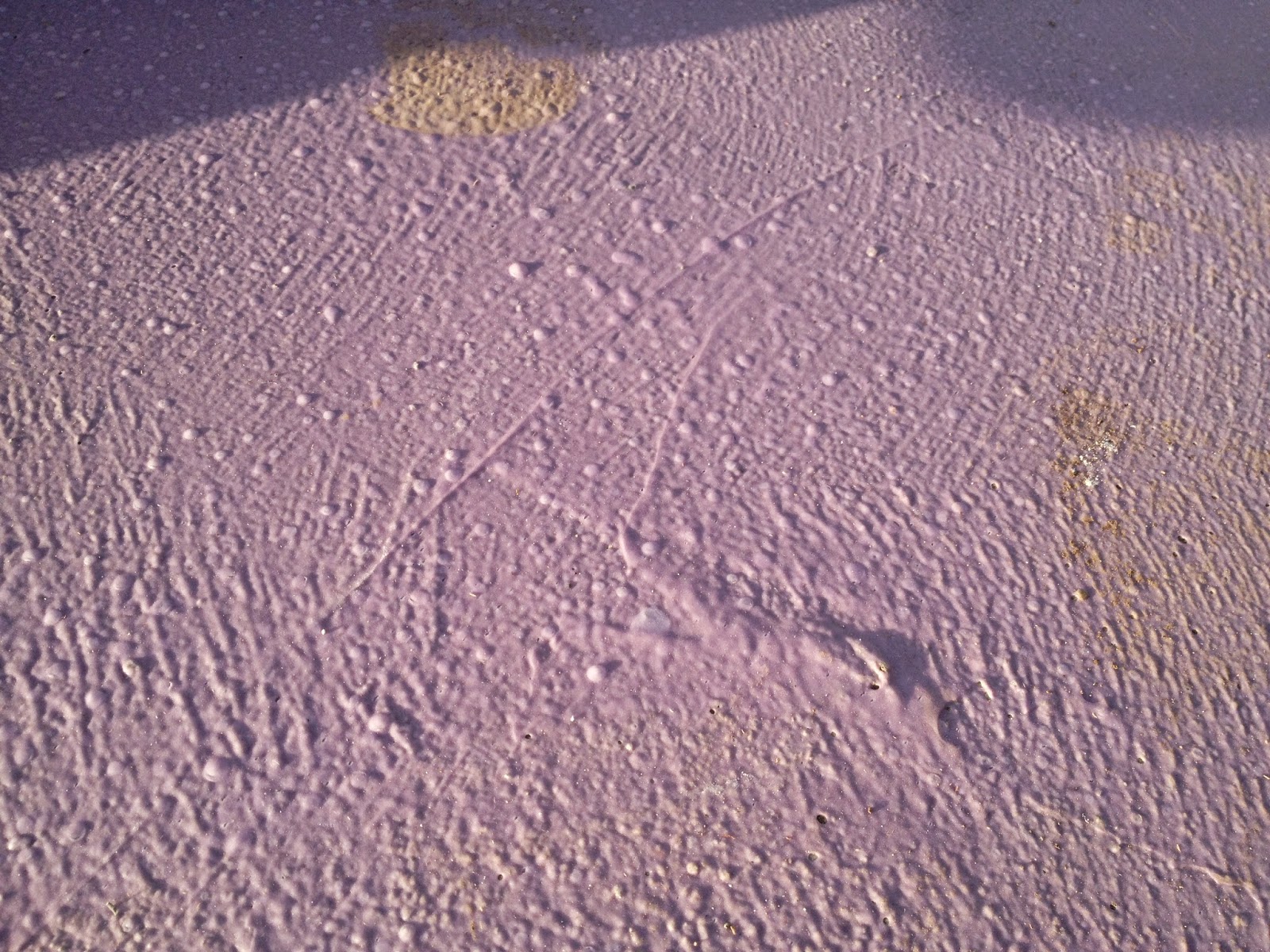Providing drainage alone behind retaining walls and against basement walls is not sufficient to prevent water migration through the wall.
Different Purposes
Drainage and waterproofing behind walls serve two distinct purposes. Drainage is installed to transport ground water away from the structure. Removing the water reduces the hydrostatic surcharge (weight of wet soil on the structure) and helps the waterproofing resist water intrusion.
Given infinite time, water will eventually seep through any waterproofing system. Reducing the water in the soil adjacent to the wall, increases the waterproofing system's chances for success.
A waterproofing membrane is installed on the concrete, to protect it from water that migrates through the drainage system. The waterproofing system also prevents water from seeping into and through the wall.
Water passing through a wall can cause a myriad of issues: corroded reinforcing steel, mold and mildew in the basement, dampness and cold, dry rot, corroded nails and fasteners, electrical shorts, efflorescence, decay and discoloration of surface finishes. As reinforcing steel corrodes it expands. The steel's expansion can cause the concrete to crack - allowing even more water to enter.
Drainage Systems
Drainage systems should consist of a crush proof perforated pipe, wrapped in filter fabric. The pipe should be installed with the holes DOWN. As the rising water level enters the perforations, it will flow away in the pipe (incorrectly placing the holes up, forces the water level to rise to the height of the holes, before it can flow away). The filter fabric around the pipe, prevents it from filling with dirt, sediment and fines from the gravel.
Though inexpensive and readily available, black corrugated drain pipe is subject to collapse and filling with sediment. It should not be used and is frequently prohibited by structural engineers and geo-technical engineers.
Vertical drainage behind the wall can be provided by crushed gravel or drainage mats. Drainage mats provide time and labor savings. They should be installed with the fabric side towards the soil. Drainage mats also provide another impermeable layer of protection behind the fabric layer.
Waterproofing (aka: damp proofing)
For a basement redundant layers of protection are warranted. These would entail an integral waterproofing agent mixed right into the concrete and an external membrane system.
There are a host of choices available to choose from, when selecting a surface applied membrane system. There are spray on, roll on, peel and stick and panel systems. What ever system is chosen, it must no have seams that allow the passage of water. They should also extend below the perforated drain pipe and to the bottom of the structure.
Perimeter drainage around the foundation should be installed similar to that behind a retaining wall. However, provisions will need to be incorporated for a sump pump to discharge any collected ground water, as the basement drainage system is usually below grade.
Contact the author, Paolo Benedetti of Aquatic Technology Pool and Spa at: info@aquatictechnology.com or 408-776-8220. Visit his website at: www.aquatictechnology.com. All Contents © Aquatic Technology Pool & Spa, 2013. All rights reserved.
Different Purposes
Drainage and waterproofing behind walls serve two distinct purposes. Drainage is installed to transport ground water away from the structure. Removing the water reduces the hydrostatic surcharge (weight of wet soil on the structure) and helps the waterproofing resist water intrusion.
Given infinite time, water will eventually seep through any waterproofing system. Reducing the water in the soil adjacent to the wall, increases the waterproofing system's chances for success.
A waterproofing membrane is installed on the concrete, to protect it from water that migrates through the drainage system. The waterproofing system also prevents water from seeping into and through the wall.
Water passing through a wall can cause a myriad of issues: corroded reinforcing steel, mold and mildew in the basement, dampness and cold, dry rot, corroded nails and fasteners, electrical shorts, efflorescence, decay and discoloration of surface finishes. As reinforcing steel corrodes it expands. The steel's expansion can cause the concrete to crack - allowing even more water to enter.
Drainage Systems
Drainage systems should consist of a crush proof perforated pipe, wrapped in filter fabric. The pipe should be installed with the holes DOWN. As the rising water level enters the perforations, it will flow away in the pipe (incorrectly placing the holes up, forces the water level to rise to the height of the holes, before it can flow away). The filter fabric around the pipe, prevents it from filling with dirt, sediment and fines from the gravel.
Though inexpensive and readily available, black corrugated drain pipe is subject to collapse and filling with sediment. It should not be used and is frequently prohibited by structural engineers and geo-technical engineers.
Vertical drainage behind the wall can be provided by crushed gravel or drainage mats. Drainage mats provide time and labor savings. They should be installed with the fabric side towards the soil. Drainage mats also provide another impermeable layer of protection behind the fabric layer.
 |
| Click on image to see the lack of waterproofing and drainage |
For a basement redundant layers of protection are warranted. These would entail an integral waterproofing agent mixed right into the concrete and an external membrane system.
 |
| Basement walls lacking waterproofing membrane (click image to enlarge) |
Perimeter drainage around the foundation should be installed similar to that behind a retaining wall. However, provisions will need to be incorporated for a sump pump to discharge any collected ground water, as the basement drainage system is usually below grade.
Contact the author, Paolo Benedetti of Aquatic Technology Pool and Spa at: info@aquatictechnology.com or 408-776-8220. Visit his website at: www.aquatictechnology.com. All Contents © Aquatic Technology Pool & Spa, 2013. All rights reserved.
